Frozen bakery supplier Bridor has launched a report highlighting the various sales opportunities that croissants offer the foodservice sector.
Entitled ‘The Croissant Revolution’, the free-to-download report is backed by research conducted in January 2025 among 800 UK consumers who buy croissants at least once a week.
“The UK is croissant crazy,” proclaimed Bridor, with its study finding more than half of the respondents (55%) were eating croissants twice a week and almost a quarter (23%) enjoying the flaky bakery item three or four times a week.
Croissants remained the first choice in pastries among the vast majority (95%) of those surveyed, while 41% said they ate them out of home in a café or bakery. The breakfast favourite has also seen its appeal extending into other day parts with 26% of respondents noting they would eat croissants at lunchtime or as a snack. This showed there is a need for all-day croissant availability including advantages from offering savoury fillings as well as the more traditional sweet, said Bridor.
Quality is high up on the agenda too – 88% of those surveyed stated that the quality of croissants strongly influences their overall perception of an establishment.
To help foodservice operators create croissants for every occasion, Bridor identified the following four different groups of consumers:
- Traditionalists – those who enjoy croissants in their purest form (research had 68% of respondents selecting butter as one of their top flavour choices)
- Toppers – those wanting something inside or on top, such as chocolate or almond (both bestselling flavours in the UK) or the on-trend pistachio, which Bridor recently embraced for its latest croissant launch
- Savoury Seekers – those who want to pair the natural sweetness of a croissant with ingredients like meats, cheeses, and vegetables (Cheddar being a favourite filling in the UK)
- Indulgers – those desiring a decadent experience with a range of toppings including sauces, fruits, ice cream and more.
Among the additional tips to improve out-of-home croissants sales was ensuring freshness, known to be a major selling point for consumers. “Position your croissants as the ultimate freshly baked indulgence, emphasising the aroma and the experience of enjoying a warm croissant straight from the oven,” added the report.

Consumers are increasingly looking to customise their pastries, so outlets could try providing a selection of toppings and fillings for them to create their own bespoke item. Hybrids like the cronut, cruffin, crookie, and croffle are piquing the interest of pastry fans, while new shape formats such as cube croissants or giant croissants make for eye-catching treats worthy of sharing on social media.
Bridor also stressed the importance of catering to specific dietary requirements so not to lose customers. Its research found that 14% were looking for gluten-free croissants – this reflected an increase on Coeliac UK’s figure of 10% of the population following a gluten-free diet in 2025. There is growing demand for plant-based items too, which Bridor aimed to tap into when launching a range of vegan Viennese pastries last month.
“We’ve been baking croissants for over 30 years now and they still have so much to offer,” commented Erwan Inizan, Northern Europe sales director at Bridor. “We truly believe a ‘Croissant Revolution’ is underway and our new guide shares valuable consumer insight to help operators understand the market and increase their croissant sales.
“Of course, a great-tasting and visually enticing croissant is fundamental to any Viennese pastry offering. Once this is in place, we firmly believe that hotels, cafés and bakeries can join the croissant revolution and see the benefits of offering a mix of sweet and savoury croissant options,” Inizan added.
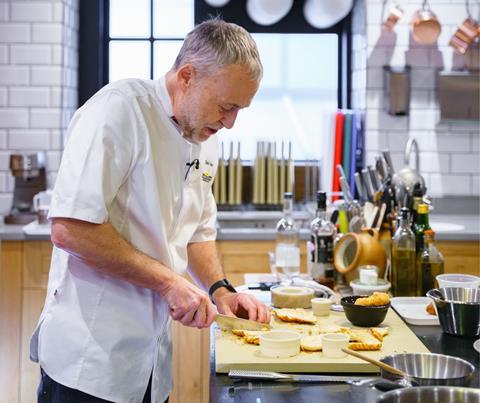
Chef’s kiss
To mark the launch of the new report, Bridor held a media event at The Langham in London – the hotel it first started supplying premium pastries to among the UK high-end hospitality sector. Two Michelin-starred chef Michel Roux Jr runs a restaurant called Chex Roux inside the hotel and joined the event to present a special live cooking session demonstrating ways to create new gourmet dishes out of leftover croissants.
To make the wonderfully indulgent main course, Duck Charlotte, the chef liberally pasted duck fat onto strips of rolled out croissant and used them to line a mini pudding basin. He then filled it with a mixture of confit duck legs, confit gizzards, and wild mushrooms, before adding a croissant lid and baking until crispy. This was served with a warm duck jus and a side of endive salad, pickled radish, and shallot rings.
For dessert, chef Roux prepared a Diplomat Pudding, which was essentially a French-style bread and butter pudding. Pieces of stale croissants, rum-soaked raisins and sultanas, crème anglaise (custard sauce) and freshly scraped vanilla seeds were added to a ramekin, which was covered with in buttered foil and placed into a bain-marie for steaming in the oven. The result turned out a warming delight for the taste buds, albeit one possible best served during the autumn and winter seasons.
When quizzed about what makes a perfect croissant, chef Roux said it has to satisfy the senses. “First off, visual. You’ve got to able to see the layers, it’s got to look the part,” he expressed. “The smell too, before you even taste it. And then the mouthfeel when you crunch into it, it’s got to be flaky.” Croissants can’t be too greasy, he added, but noted that “You’ve got to be able to taste the butter”.
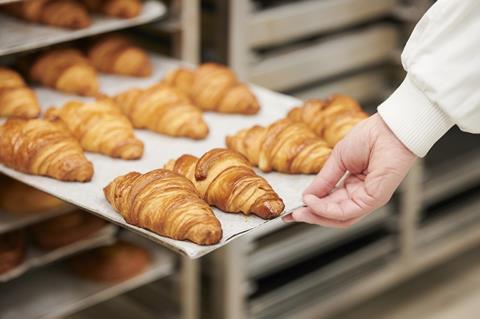
Evolution into revolution
Bridor was founded by Louis Le Duff in Brittany in 1988 and has grown to operate nine manufacturing sites worldwide, employing around 4,500 people and supplying products to over 100 different countries. Global turnover is said to have reached €2bn last year, with a most recent filing on Companies House of its UK business reporting FY23 sales of £94.5m, up 32% from the £71.2m generated in FY22.
The company supplies frozen croissant dough in both ready-to-prove and ready-to-bake lines, as well as a wide range of finished pastries, breads, and patisserie. It acquired Dutch-based sourdough specialist Pandriks last April.
Inizan considers the company’s main skill to be in croissant dough. “All our factories are designed with quality in mind,” he said. “There is lots of acquisition activity at the moment but to be fair, there is no one we can buy with the same croissant dough process out there. That’s why we tend to invest in our own factories and processes. We think we have something a bit unique.”
The croissant has evolved from its origins as a Viennese pastry in a crescent shape, from which the name is derived. “It’s moved on. Now, when we say croissant it’s the dough we’re talking about,” commented chef Roux. “It’s the laminated, leavened dough, which is so versatile.”
Inizan thinks the last 10 years have been “pretty exciting” for the category. “You come with what is a simple croissant dough and I think all these ideas around it, the international influence, has transformed the category,” he said.
And with French boulangeries and patisseries tending to be more traditional, it’s the UK-based artisan bakeries that are seen to be driving innovation in croissants now. “London is a great place,” enthused French-native Inizan, who has lived in the UK for the past 25 years. “In our group, we have some retail businesses and when they come looking for new trends they tend to go to London more than Paris.”

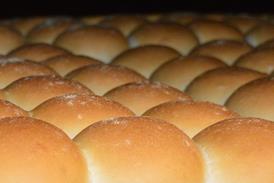
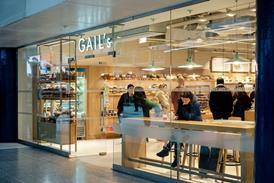
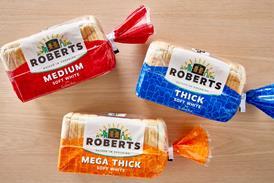



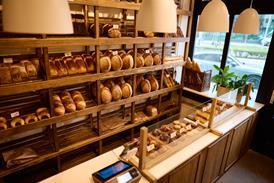

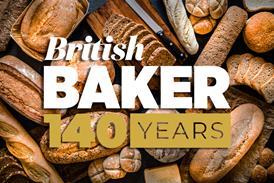

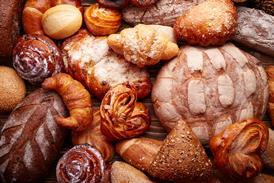
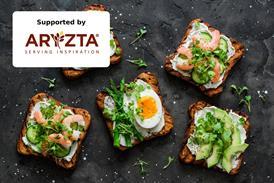

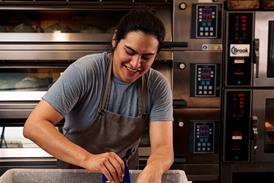




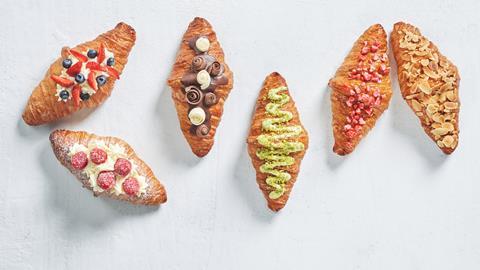

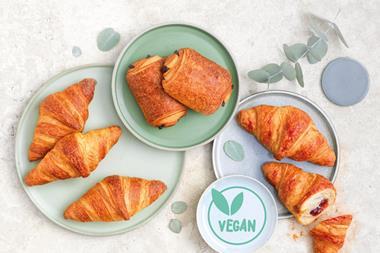
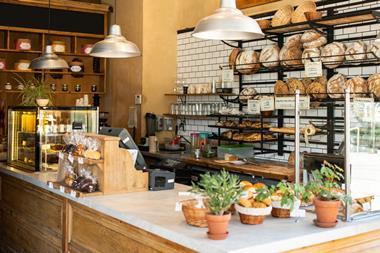
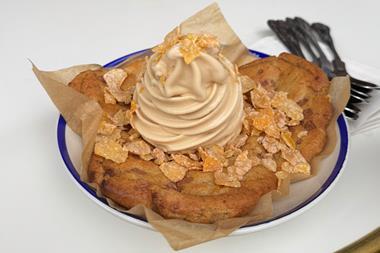

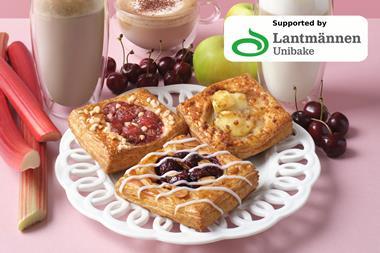
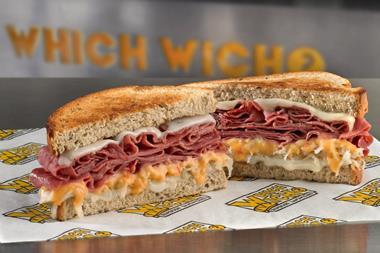
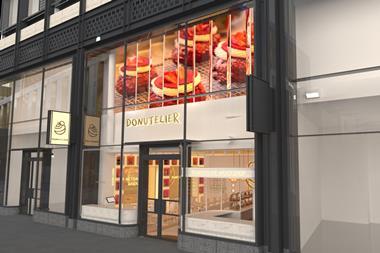

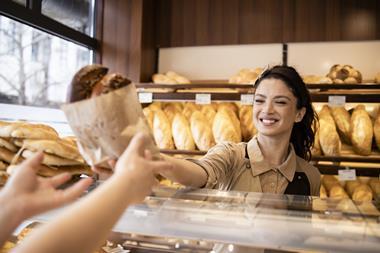
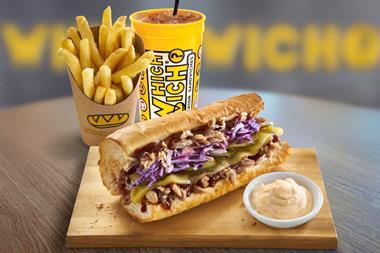


No comments yet